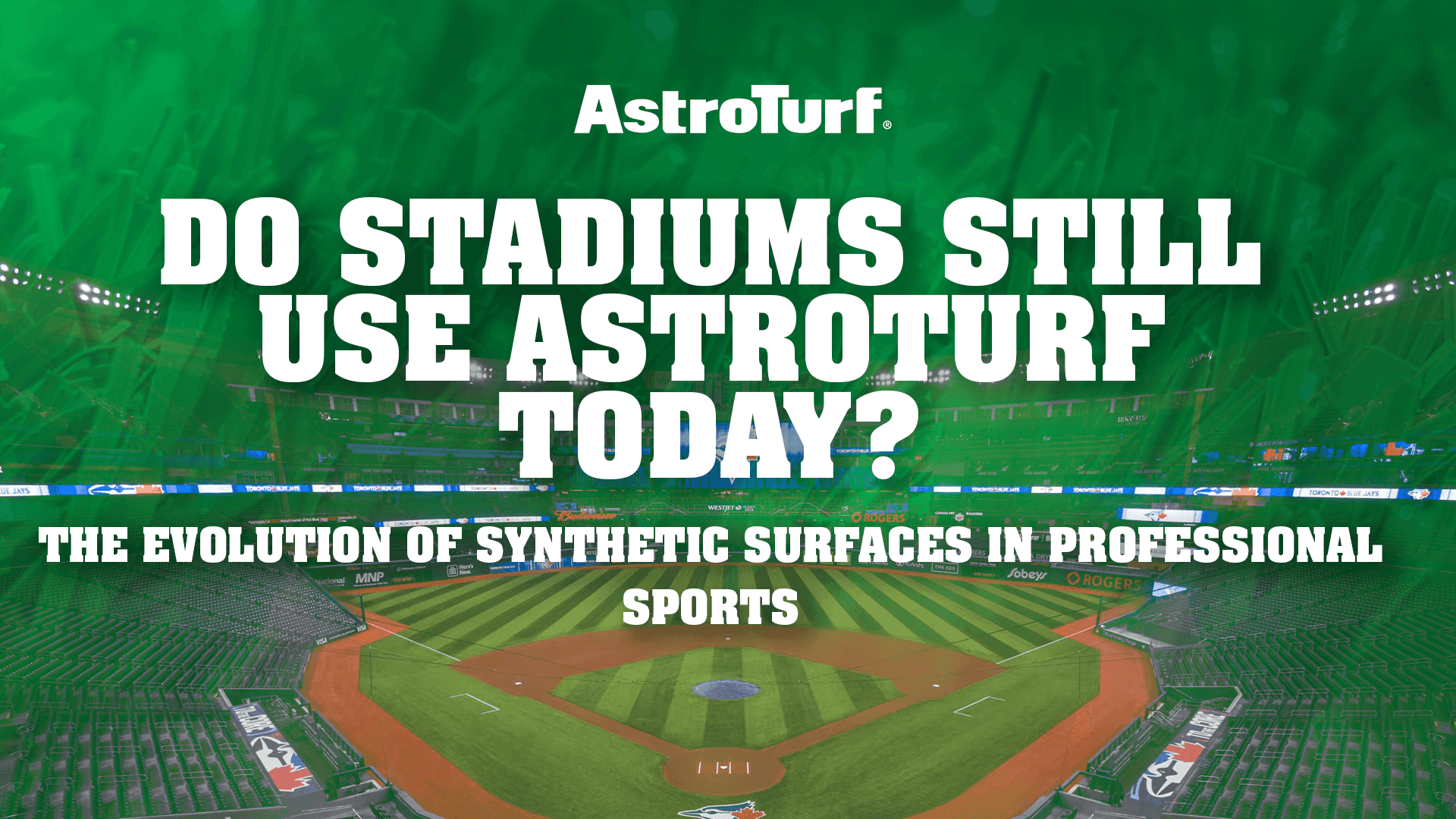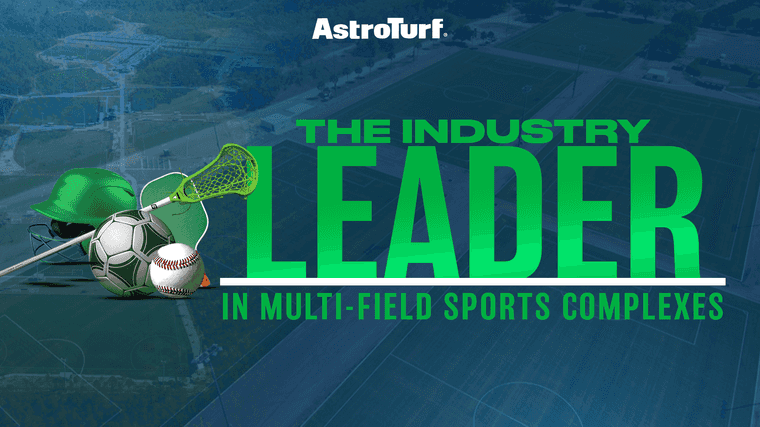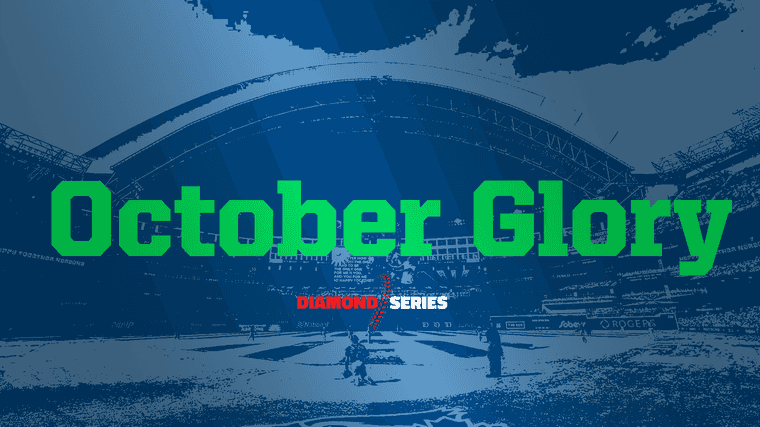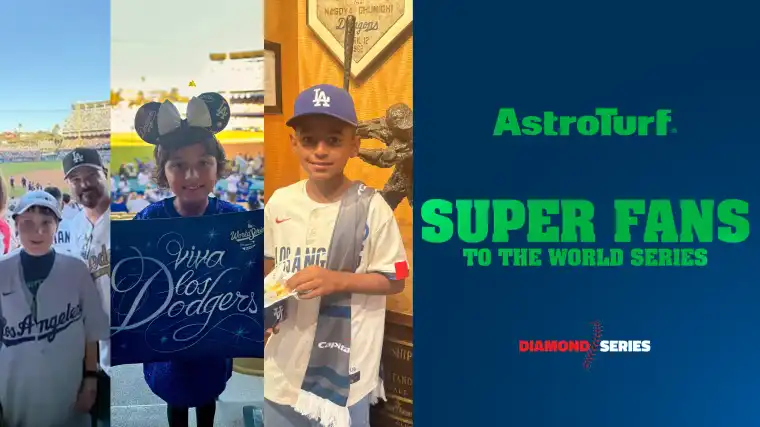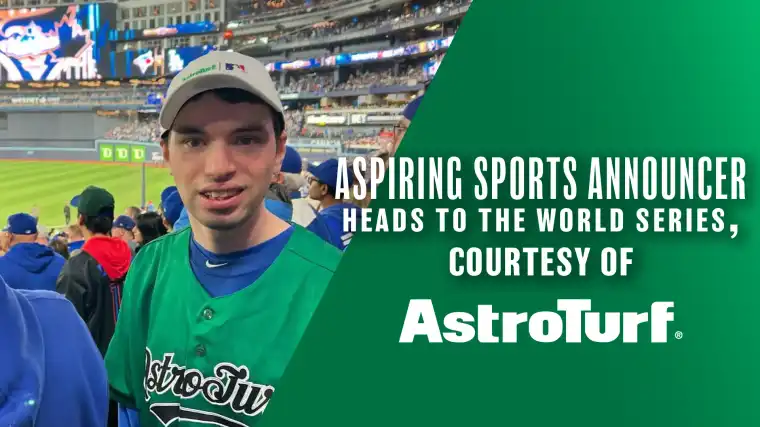When people ask whether stadiums still use AstroTurf today, they’re often asking two different questions: Do professional venues use synthetic turf in general, and do they specifically use our branded products? The answer to both questions is yes, though the landscape has changed dramatically since the 1970s and 1980s, when artificial surfaces dominated professional sports.
Direct Answer: Yes, stadiums still use AstroTurf today. As of 2025, we serve as the Official Synthetic Turf partner of Major League Baseball, and our surfaces appear in professional and collegiate venues across multiple sports. However, modern AstroTurf systems bear little resemblance to the first-generation products installed in the 1960s-1980s, incorporating advanced technologies that closely replicate natural grass performance.
Understanding the current state of synthetic turf in stadiums requires examining which sports use artificial surfaces, why some stadiums choose synthetic over natural grass, and how modern products differ from their predecessors.
Current Stadium Usage Across Professional Sports
The adoption of synthetic turf varies significantly by sport, with some leagues embracing artificial surfaces while others maintain primarily natural grass facilities.
Field Hockey
Field hockey represents our most dominant sport category, with AstroTurf surfaces appearing in 75% of Olympic hockey competitions. The sport transitioned almost entirely to synthetic surfaces in the 1970s because artificial turf provides the consistent, fast-playing characteristics that modern hockey demands.
Our Poligras systems set the standard for international competition. The carbon-neutral Poligras Paris GT Zero system featured at the Paris 2024 Olympics, incorporating 80% bio-based materials derived from sustainably farmed sugar cane. This innovation demonstrates how stadium surfaces continue advancing beyond simple natural grass replication toward genuinely superior performance characteristics.
Major hockey venues worldwide specify our systems, including facilities hosting World Cup competitions, Olympic Games, and professional league matches. Unlike football and baseball, where debate continues about synthetic versus natural surfaces, field hockey has embraced artificial turf as the definitively superior option for elite competition.
Soccer and Other Sports
International soccer has seen varied adoption of synthetic surfaces, with professional leagues maintaining different standards. While natural grass remains predominant in top-tier competition, training facilities and lower-division venues increasingly adopt synthetic surfaces for their durability and weather resistance.
European football clubs utilize synthetic surfaces extensively for training facilities, recognizing advantages that extend beyond simple durability. Chelsea FC’s Academy Indoor Arena and similar facilities at other elite clubs demonstrate how professional organizations use synthetic turf to maintain consistent training conditions year-round.
Why Modern Stadiums Choose Synthetic Surfaces
Stadium operators weigh multiple factors when deciding between natural grass and synthetic turf, with different priorities driving decisions across facility types.
Climate and Weather Considerations
Stadiums in regions with harsh winters, extreme heat, or limited water availability face challenges in maintaining natural grass. Synthetic surfaces eliminate these constraints, providing consistent playing conditions regardless of environmental factors.
Arizona’s Chase Field and the retractable-roof Globe Life Field in Texas both use synthetic surfaces partly due to desert climate challenges. Similarly, Rogers Centre in Toronto faces winter conditions incompatible with natural grass maintenance during the early season period.
Water scarcity concerns increasingly influence facility decisions. Drought conditions affecting many regions make water-intensive natural grass maintenance problematic, both environmentally and economically. Synthetic surfaces require no irrigation beyond occasional cleaning, representing significant water conservation.
Multi-Use Facility Requirements
Stadiums hosting multiple sports or frequent non-sporting events benefit from synthetic surface durability. Natural grass cannot withstand the traffic volume generated by weekly football games plus concerts, festivals, and other programming without severe degradation.
Economic Considerations
The financial calculus of natural grass versus synthetic turf extends beyond simple installation costs to encompass total lifecycle expenses.
Synthetic surface cost advantages include:
- Eliminated irrigation expenses: No water consumption beyond occasional cleaning
- Reduced labor requirements: No mowing, fertilizing, aerating, or pest management
- Extended usage windows: Fields are playable immediately after rain without recovery periods
- Consistent quality: No seasonal variation in playing conditions affecting scheduling or performance
- Longer utilization hours: Surfaces supporting 3,000+ annual hours versus 200-300 for natural grass
These factors create compelling economic arguments for synthetic surfaces despite higher initial installation costs, which typically range from $800,000 to $1,200,000 for full-size athletic fields compared to $400,000-$600,000 for natural grass installation.
Player Safety and Performance Consistency
Modern synthetic surfaces provide playing characteristics that closely replicate or exceed natural grass in many performance metrics. Research partnerships, including our twelve-year collaboration with the University of Tennessee’s Department of Turf Sciences, validate synthetic turf performance through biomechanical testing and player movement analysis.
Our RootZone technology maintains consistent infill distribution, preventing the surface inconsistencies that develop on natural grass fields through intensive use. This consistency reduces injury risks associated with unexpected surface conditions, including divots, uneven areas, and variable traction zones.
Independent research from Michigan State University identified our RootZone systems as producing biomechanical characteristics that closely match well-maintained natural grass, supporting player safety through uniform shock absorption and energy restitution across entire playing surfaces.
How Modern AstroTurf Differs from Historical Products
The synthetic surfaces in today’s stadiums bear little resemblance to first-generation products that earned artificial turf its controversial reputation in the 1970s and 1980s.
First-Generation Systems (1966-1980s)
Early synthetic surfaces, including our original Astrodome installation, consisted of short, dense nylon fibers attached directly to foam padding. These systems provided minimal cushioning, generated extreme heat in summer conditions, and created playing characteristics dramatically different from natural grass.
Players and coaches complained about increased joint stress, unusual ball bounces, and higher injury rates on first-generation surfaces. These legitimate concerns damaged artificial turf’s reputation for decades, creating negative perceptions that persist despite dramatic technological improvements.
Modern Synthetic Turf Technology
Contemporary stadium installations incorporate sophisticated multi-component systems engineered to replicate natural grass performance:
Key technological advances include:
- Advanced fiber systems: Our Trionic Plus technology combines nylon and polyethylene co-polymers, creating fibers that balance durability with a natural grass-like feel
- Sophisticated infill systems: Layered infill materials providing cushioning, stability, and realistic playing characteristics
- Shock absorption pads: Elastomeric underlayment systems tailored to specific sport requirements
- Temperature management: DualChill thermal shield technology reduces surface temperatures by 42% compared to standard synthetic fibers
- Infill retention: RootZone technology prevents infill migration and maintains consistent surface properties
These innovations address historical concerns while providing performance advantages that make synthetic surfaces competitive with or superior to natural grass in specific applications.
Notable Stadium Installations and Showcase Events
Our continued relevance in professional sports manifests through high-profile installations and showcase events that demonstrate modern synthetic turf capabilities.
The Speedway Classic at Bristol
The 2025 MLB season featured the Speedway Classic at Bristol Motor Speedway on August 2, where the Atlanta Braves faced the Cincinnati Reds on a temporarily installed Diamond Series field. This event transformed NASCAR’s iconic racing venue into a baseball stadium, showcasing how modern synthetic surfaces enable professional sports in previously impossible locations.
The Bristol installation was built upon our experience with the 2016 Battle at Bristol football game, which drew 156,000 fans. These venue transformations demonstrate synthetic turf’s versatility and the technical sophistication required to create professional-grade playing surfaces in unconventional settings.
Olympic and World Championship Venues
Our Poligras systems provide the playing surface for international field hockey’s most prestigious competitions. The Paris 2024 Olympics featured our carbon-neutral Poligras Paris GT Zero system, demonstrating how stadium surfaces can advance sustainability goals while meeting elite performance requirements.
USA Field Hockey’s partnership with us includes Olympic-specification surface installations at training facilities, allowing athletes to prepare on surfaces identical to those used in international competition. This consistency proves crucial for skill development and tactical preparation at elite levels.
Collegiate Athletic Facilities
University athletic programs represent significant growth areas for stadium synthetic surface installations. Since 2009, Division I baseball programs, including Vanderbilt, Michigan, Kentucky, and Ohio State, have chosen our Diamond Series systems for their facilities.
These installations reflect practical considerations unique to collegiate athletics. Northern programs begin seasons in February when natural grass remains dormant under snow cover. Synthetic surfaces enable consistent practice schedules and early-season home games that would prove impossible on natural grass.
Future Trends in Stadium Surface Selection
The trajectory of stadium surface decisions points toward increasing sophistication in both natural grass maintenance and synthetic turf technology, with choices driven by specific facility requirements rather than categorical preferences.
Hybrid Systems
Some facilities explore hybrid systems combining natural grass with synthetic reinforcement. These approaches embed synthetic fibers within natural grass root zones, providing natural playing surfaces with enhanced durability and wear resistance.
While hybrid systems offer certain advantages, they require intensive maintenance protocols and significant ongoing investment. Their adoption remains limited to specific applications where natural grass aesthetics matter, but usage intensity exceeds standard natural grass capabilities.
Advanced Synthetic Materials
Research continues into synthetic materials that more closely replicate natural grass biomechanical properties while incorporating enhanced sustainability. Bio-based polymers, recycled content, and fully recyclable end-of-life solutions represent development priorities across the industry.
Our sugar cane-derived polyethylene systems demonstrate the feasibility of plant-based synthetic turf that achieves carbon neutrality while maintaining professional performance standards. Expanding these technologies across additional product lines remains a priority.
Frequently Asked Questions
Do college stadiums use AstroTurf more than professional stadiums?
Collegiate facilities represent significant growth areas for synthetic surface adoption. Budget constraints, climate challenges, and multi-use requirements make synthetic surfaces particularly attractive to university athletic programs. We supply surfaces to numerous Division I programs across multiple sports.
What percentage of stadiums worldwide use synthetic turf?
Precise global statistics vary by sport and competition level, but synthetic surfaces dominate certain sports like field hockey while remaining minority choices in others like soccer and baseball. Overall adoption continues growing as technology improves and sustainability concerns increase.
Are modern AstroTurf surfaces safer than natural grass?
Research shows that high-quality modern synthetic surfaces produce injury patterns similar to well-maintained natural grass. Surface quality and maintenance matter more than surface type alone. Our products undergo extensive biomechanical testing to ensure safety characteristics that match or exceed natural grass standards.
How long do stadium AstroTurf installations last before replacement?
Modern stadium installations typically achieve 8-10 year lifecycles with proper maintenance, though exact longevity depends on usage intensity, climate conditions, and maintenance protocols. Professional venues with extreme usage may replace surfaces more frequently, while moderate-use facilities may extend lifespan beyond ten years.
Why did some stadiums switch back to natural grass after using synthetic turf?
Stadium conversions from synthetic to natural grass reflect multiple factors including improved grass maintenance technology, player preference considerations, retractable roof installations enabling grass growth, and perception management. Economic calculations vary by facility, with some finding natural grass more cost-effective despite higher maintenance requirements.
Can stadiums host concerts and events on AstroTurf without damaging it?
Yes. Modern synthetic surfaces tolerate heavy equipment and staging better than natural grass, making them ideal for multi-use venues. Proper load distribution and protective measures ensure surfaces withstand concert production without damage, returning immediately to playable condition after events.
The Evolution Continues
The question “Do stadiums still use AstroTurf today?” reveals how far synthetic turf technology has progressed since those first installations in the Houston Astrodome. Modern stadium surfaces represent sophisticated engineering solutions addressing complex requirements, balancing athletic performance, economic sustainability, environmental responsibility, and facility versatility.
We remain active participants in this evolution through ongoing research partnerships, sustainable material development, and sport-specific innovation. Our role as Major League Baseball’s Official Synthetic Turf partner and our presence in Olympic venues demonstrate continued relevance at sport’s highest levels.
The stadiums choosing our products today do so not from nostalgia for the AstroTurf name but because modern systems deliver measurable performance advantages, economic benefits, and environmental improvements that justify their investment. Whether in professional football stadiums requiring durability for intensive use, baseball facilities managing climate challenges, or hockey venues demanding world-class playing surfaces, we continue providing solutions that advance athletic infrastructure.
The synthetic surfaces in today’s stadiums bear our name not as a historical artifact but as current technology representing decades of continuous innovation in pursuit of optimal playing conditions for athletes at every level.
